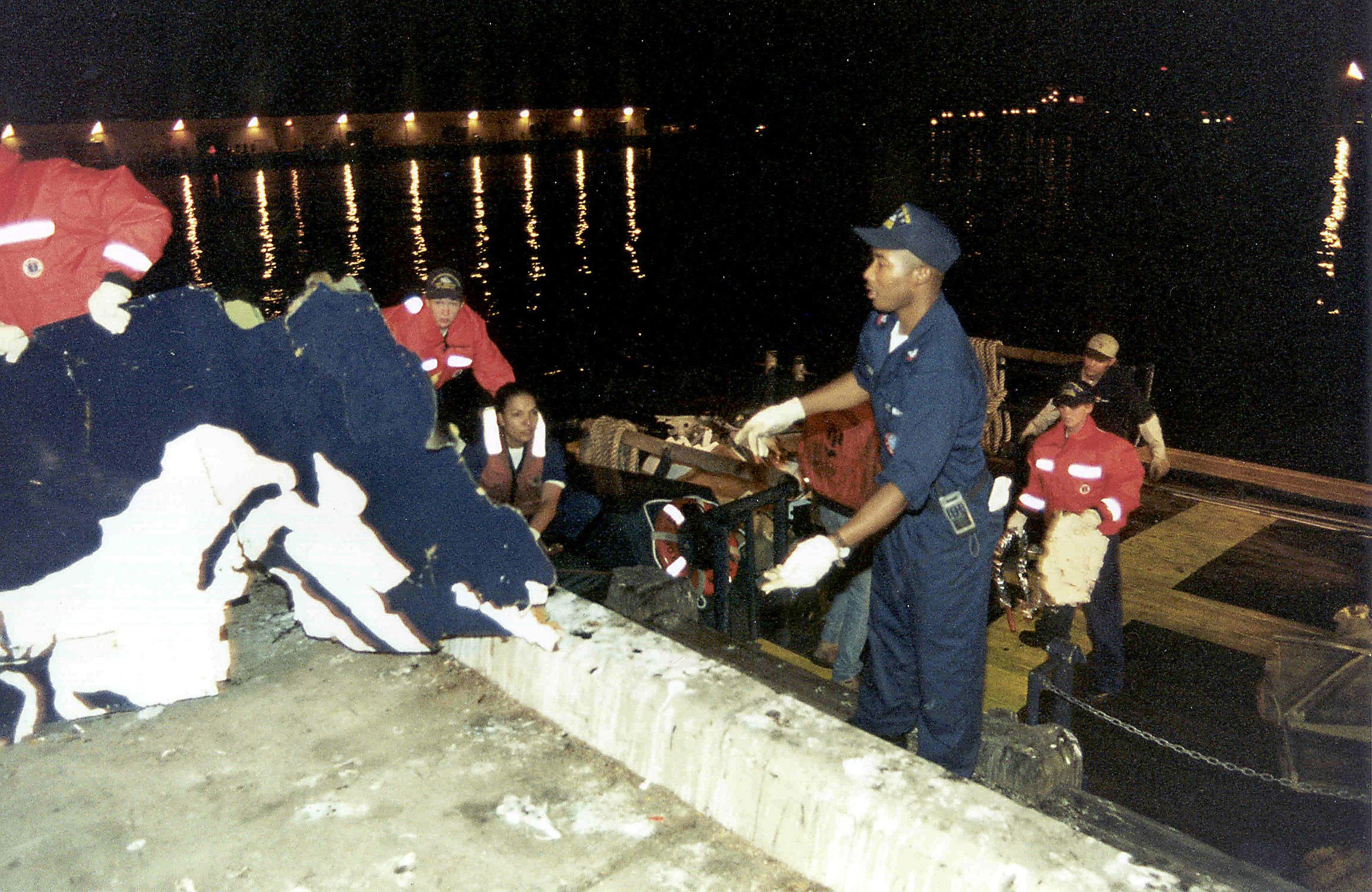The Tragic Tale of Alaska Airlines Flight 261: A Deep Dive into the Fateful Crash
On January 31, 2000, a routine flight turned into one of the most sorrowful events in aviation history. Alaska Airlines Flight 261, which departed from Puerto Vallarta, Mexico, was destined for Seattle, Washington, with a scheduled stopover at San Francisco International Airport. However, tragedy struck when the MD-83 aircraft never made it to any of its intended destinations. Tragically, all 88 individuals on board, comprising 83 passengers and five crew members, perished in the disaster.

The flight was cruising over the Pacific Ocean near Anacapa Island, California, when disaster began to unfold. The crew, faced with alarming mechanical issues, quickly alerted air traffic control about their troubles with the aircraft’s horizontal stabilizer, a vital component necessary for maintaining the plane’s pitch. Pilots Captain Ted Thompson and First Officer Bill Tansky requested an altitude block between 20,000 and 25,000 feet and sought permission to divert to Los Angeles International Airport, indicating that something was gravely wrong. This proactive communication highlighted the training and experience of the flight crew, who recognized the severity of the situation before it spiraled out of control.

The Mechanical Failures Behind the Catastrophe
The cockpit voice recordings from the final moments of Flight 261 provide a harrowing insight into the crew’s desperate attempts to regain control. Initially, Captain Thompson communicated with assurance, stating, “Yeah, we’ve got it back under control there.” However, his co-pilot, First Officer Tansky, soon contradicted this, responding grimly, “No, we don’t.” Their efforts to stabilize the aircraft, including an attempt to fly the plane inverted, proved futile as they quickly lost altitude. Eyewitness accounts from other pilots in the vicinity noted observing the aircraft taking a “big huge plunge,” followed by an ominous “nose down position descending quite rapidly.” This distressing portrayal of the flight’s final moments captures the tension and chaos faced by the crew as they fought against an insurmountable mechanical failure.

The Impact and Aftermath
Moments later, the aircraft collided with the Pacific Ocean at high velocity, resulting in its complete destruction. The impact was so severe that all 88 occupants, tragically, succumbed to blunt force trauma. In the wake of the disaster, investigators worked tirelessly to recover vital evidence, including the flight data and cockpit voice recorders. Approximately 80% of the wreckage was recovered, playing a crucial role in reconstructing the sequence of events leading up to the crash. This level of recovery was significant, as it provided investigators with critical information to inform their findings.
The recovered components were meticulously reconstructed at a facility at the Port Hueneme Naval Base in California. This effort proved pivotal in piecing together the tragic narrative of Flight 261, allowing investigators to understand how mechanical failures could have led to such a catastrophic outcome. The investigation’s findings ultimately concluded that there was a systemic failure in maintenance processes and oversight, paving the way for comprehensive improvements in airline operations. In remembrance of those lost, a memorial sundial was erected at Port Hueneme. Each year, on January 31, it casts a shadow on a plaque commemorating the victims, marking the anniversary of this heartbreaking tragedy.
The Broader Implications for Aviation Safety
In the years that followed, numerous aviation safety committees scrutinized the findings from the Flight 261 investigation. They sought to enhance pilot training and cockpit communication protocols, aiming to prevent similar incidents in the future. Importantly, these committees recognized the need for a culture of safety within airlines, moving to instill a philosophy that prioritized proactive measures and thorough checks to ensure the safety of passengers and crew alike. Lessons learned from this tragic accident continue to inform safety practices and regulations within the aviation industry, fostering an environment where safety is paramount.
Conclusion: Remembering the Victims
The story of Alaska Airlines Flight 261 is not merely a tale of mechanical failure; it is a poignant reminder of the human lives affected by aviation disasters. Each year, as the anniversary of the crash approaches, families and friends gather to remember their loved ones, ensuring that their memories live on. The somber memorial at Port Hueneme serves not only as a tribute to those lost but as a beacon of hope that through understanding and improving aviation safety, we honor their memory and strive to prevent future tragedies. The legacy of Flight 261 continues to resonate within aviation circles, reminding us of the collective responsibility to uphold the highest safety standards and the imperative to learn from the past.

















